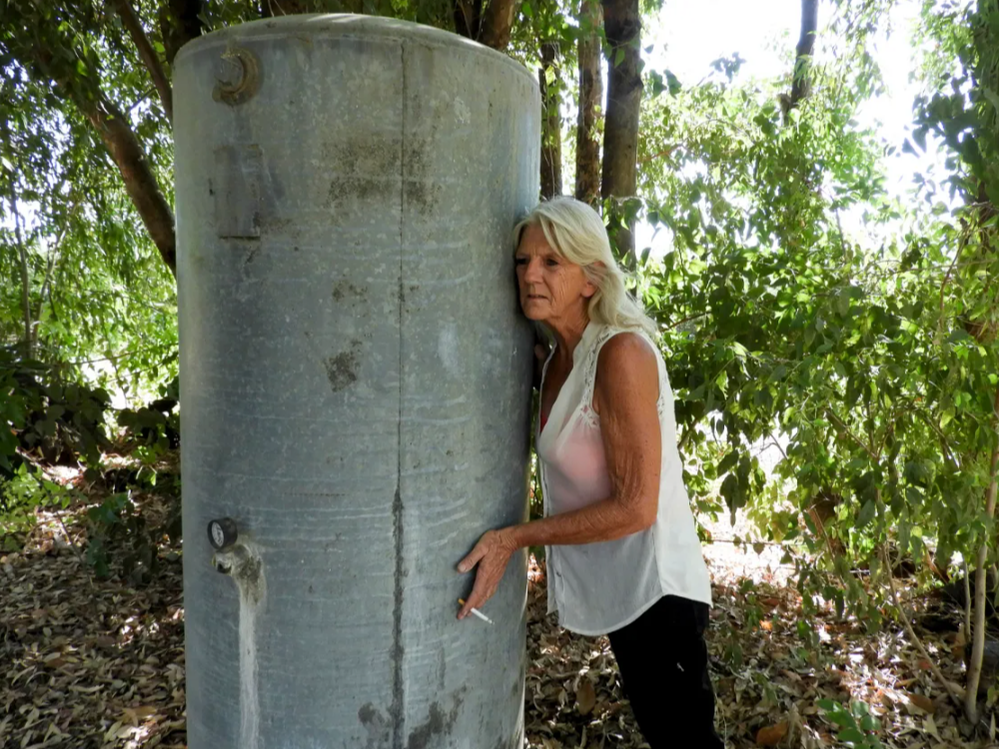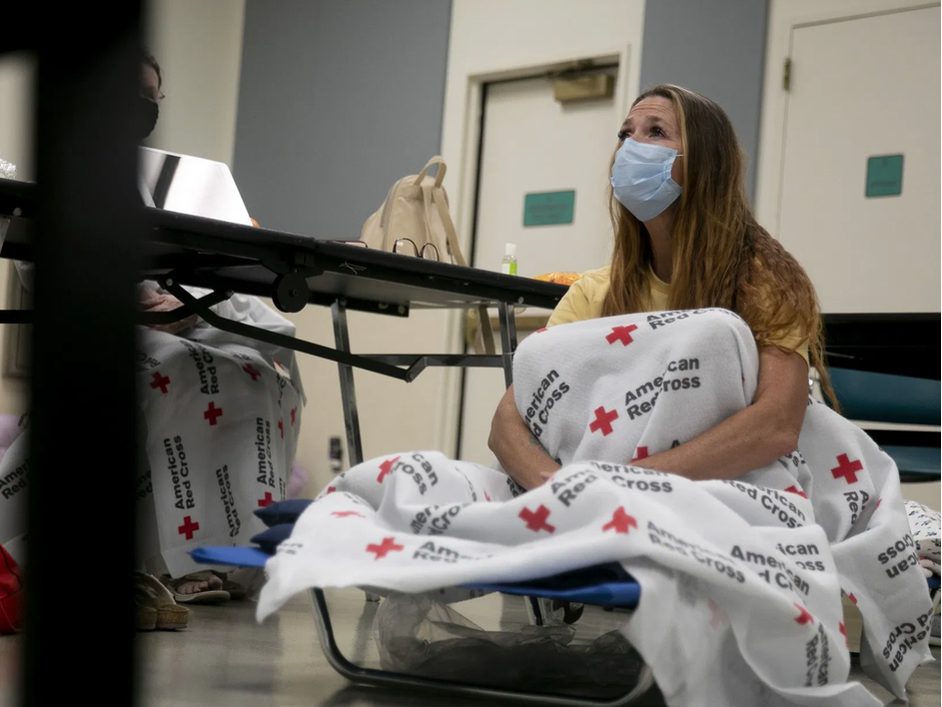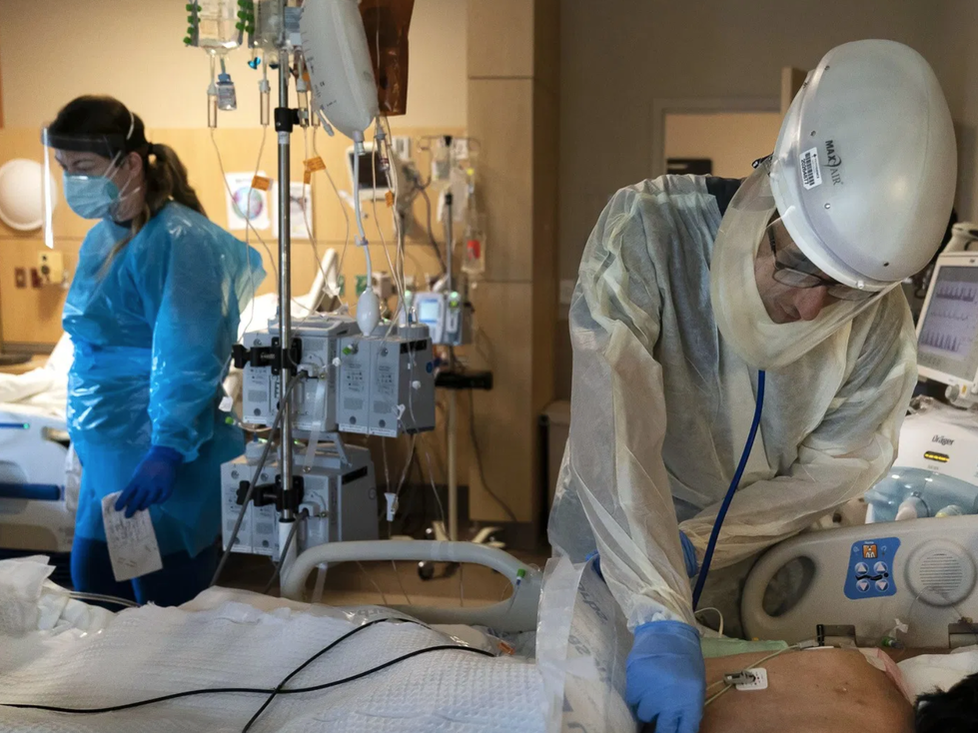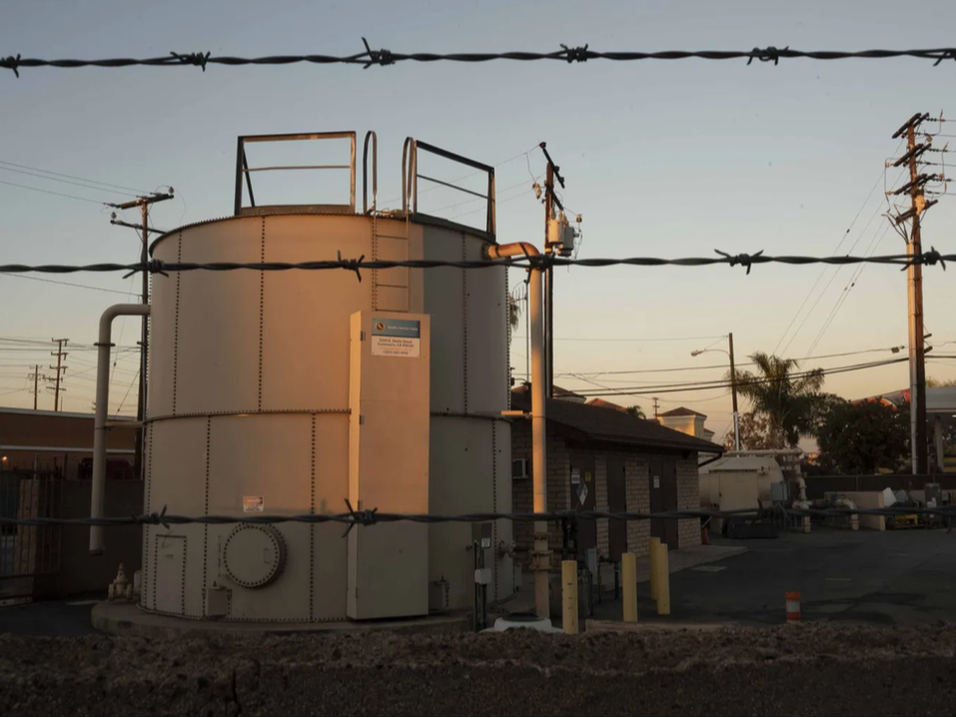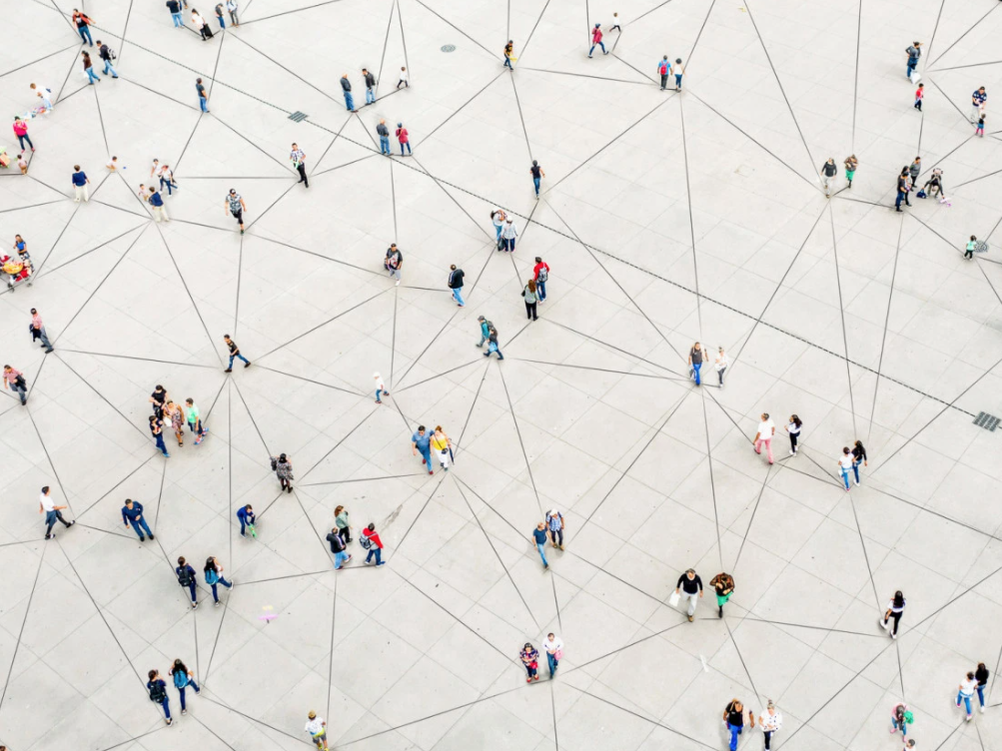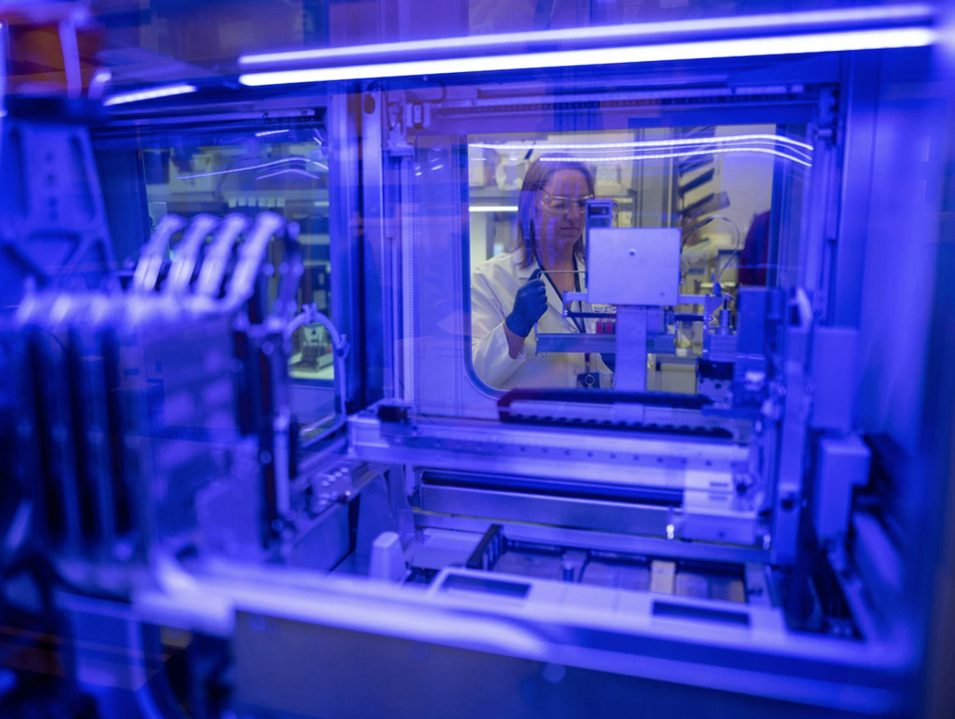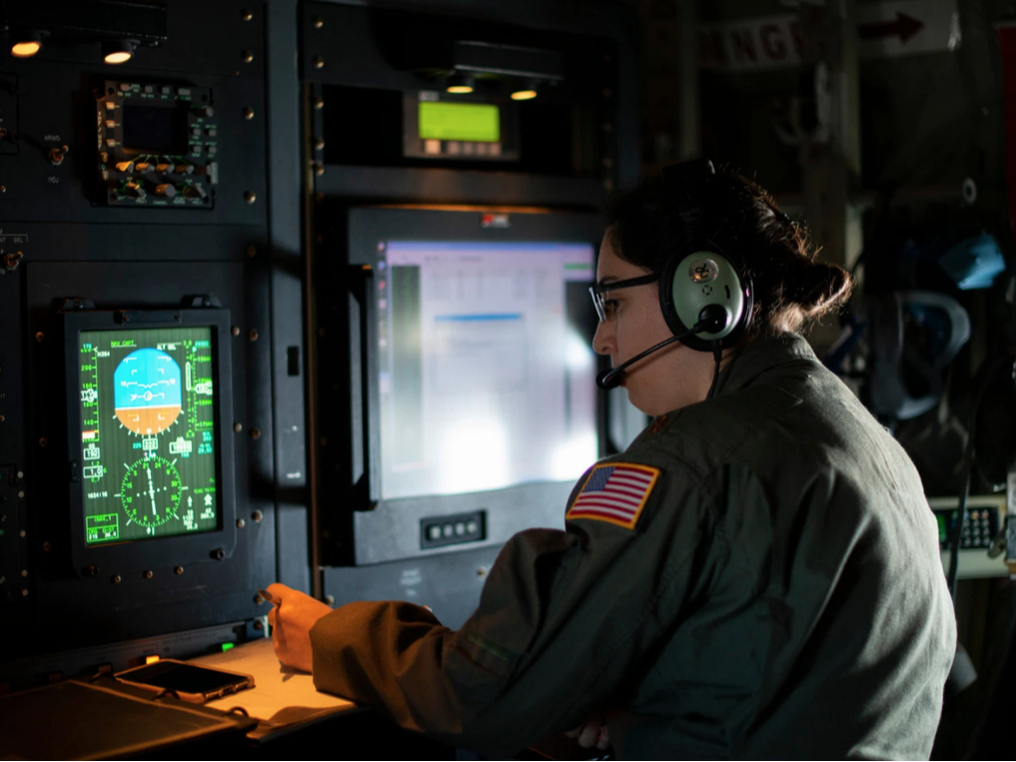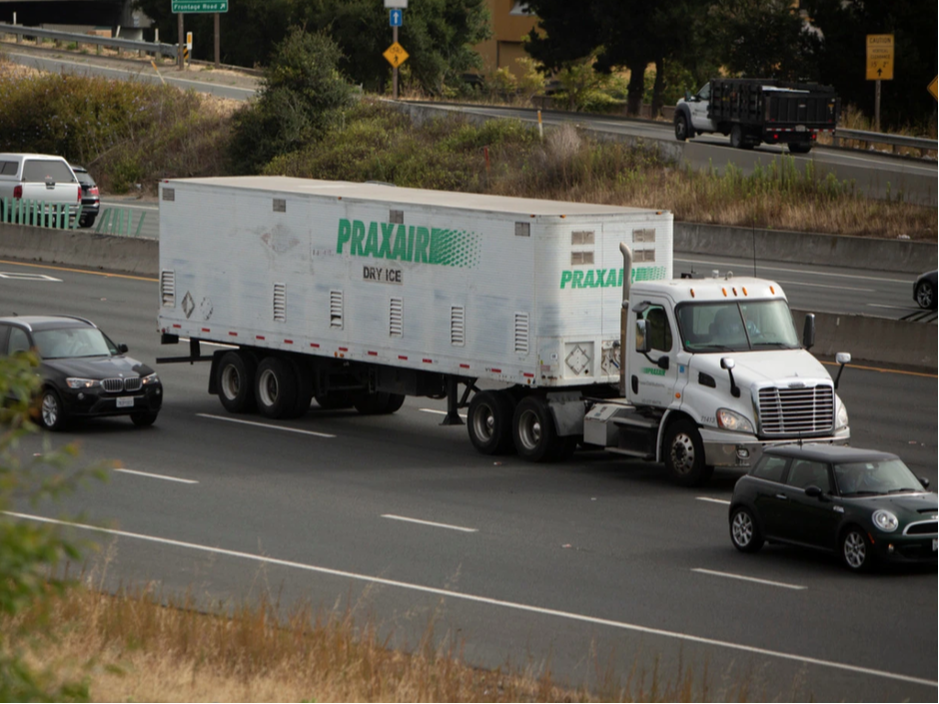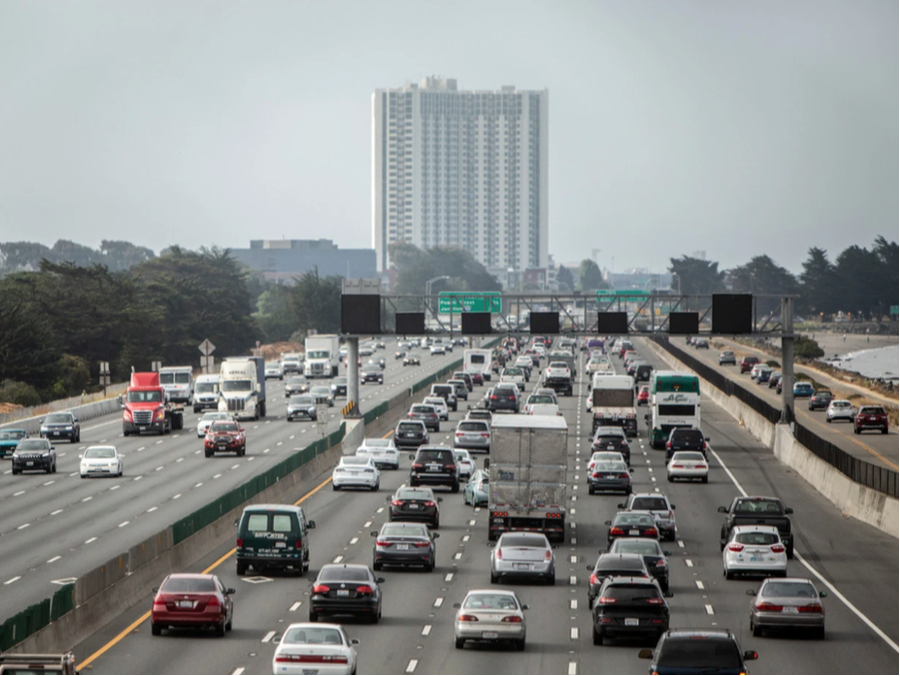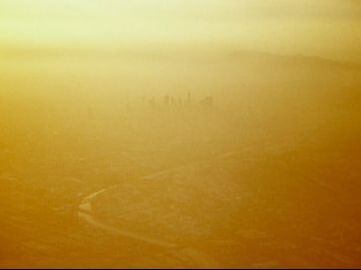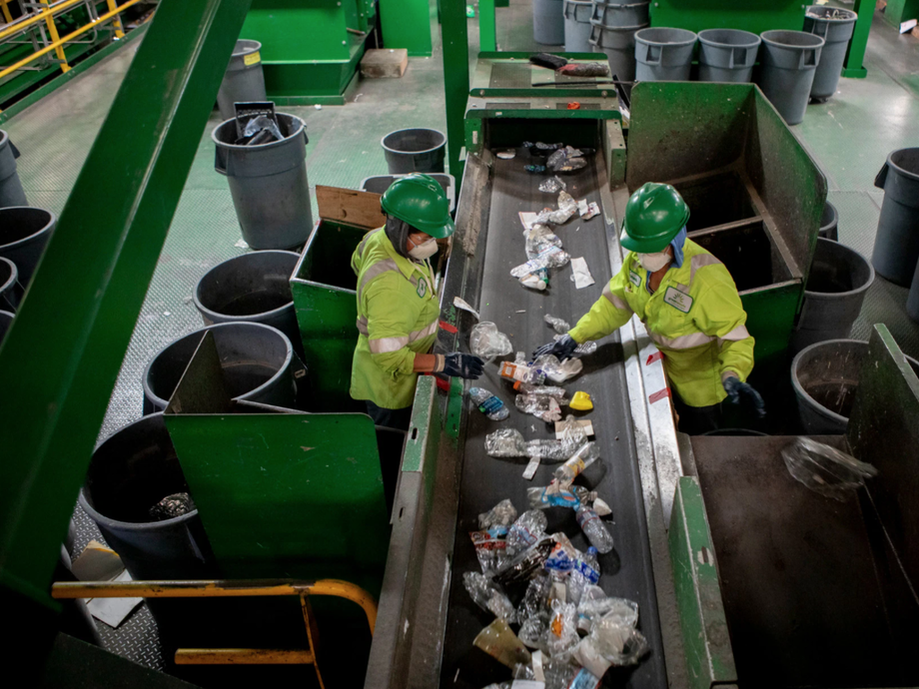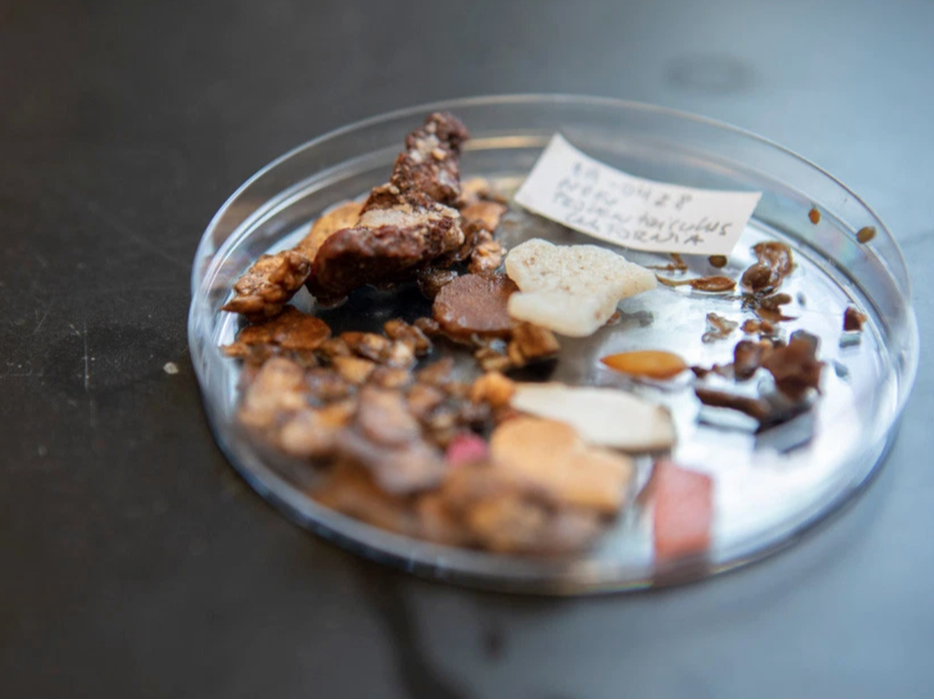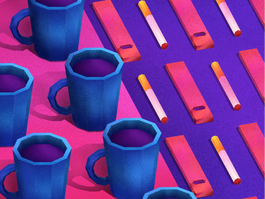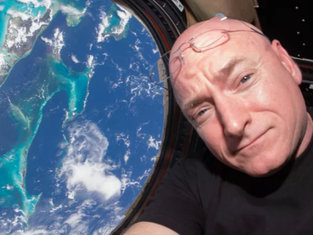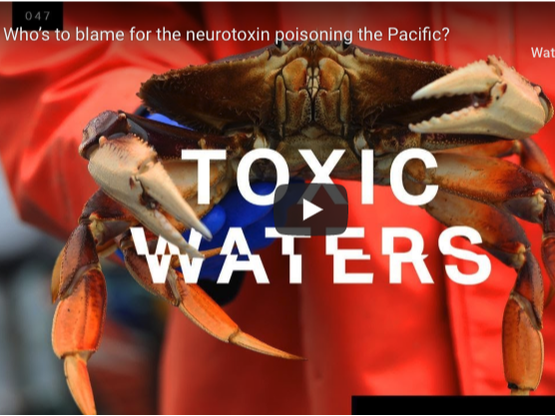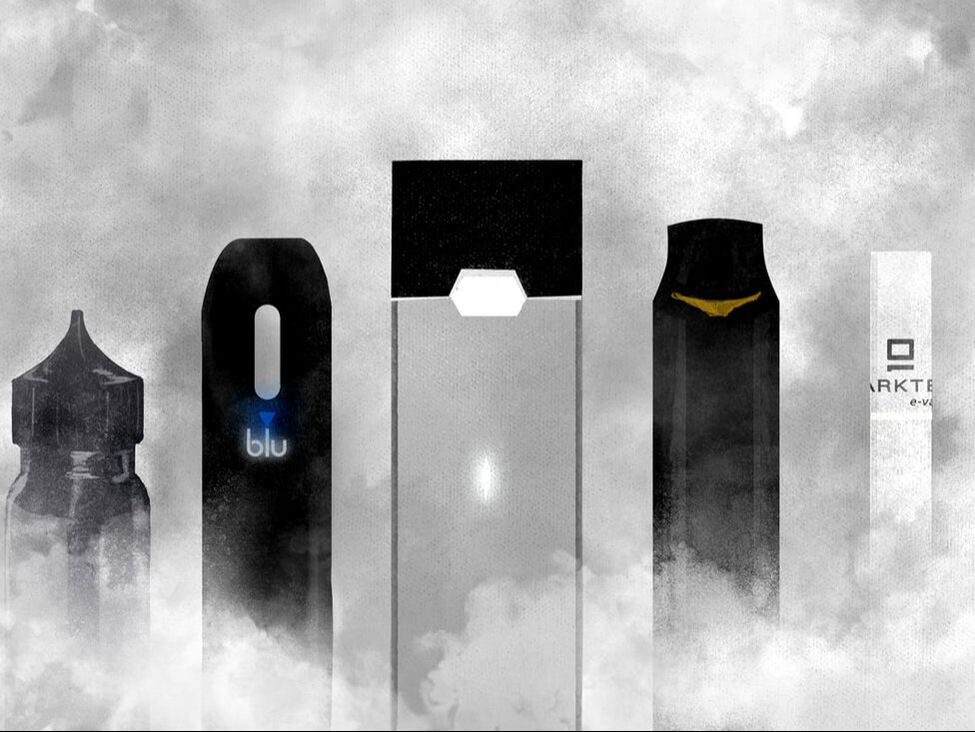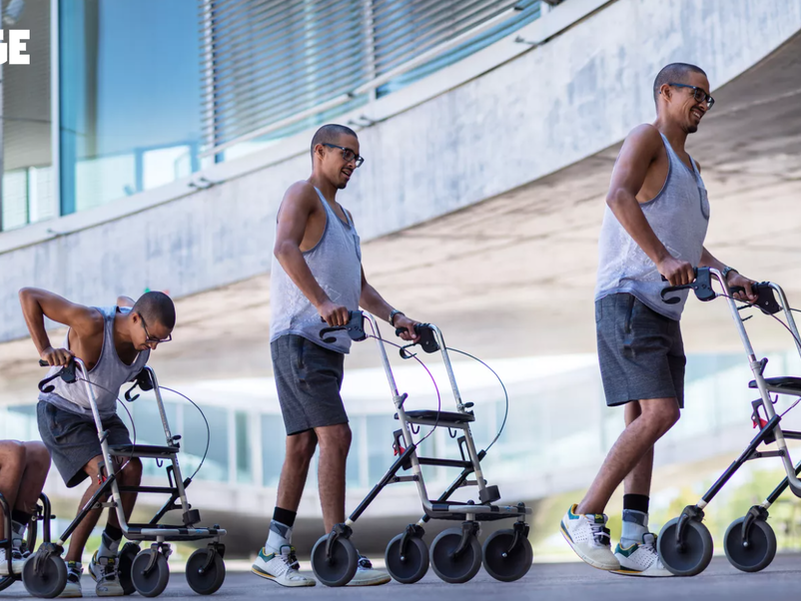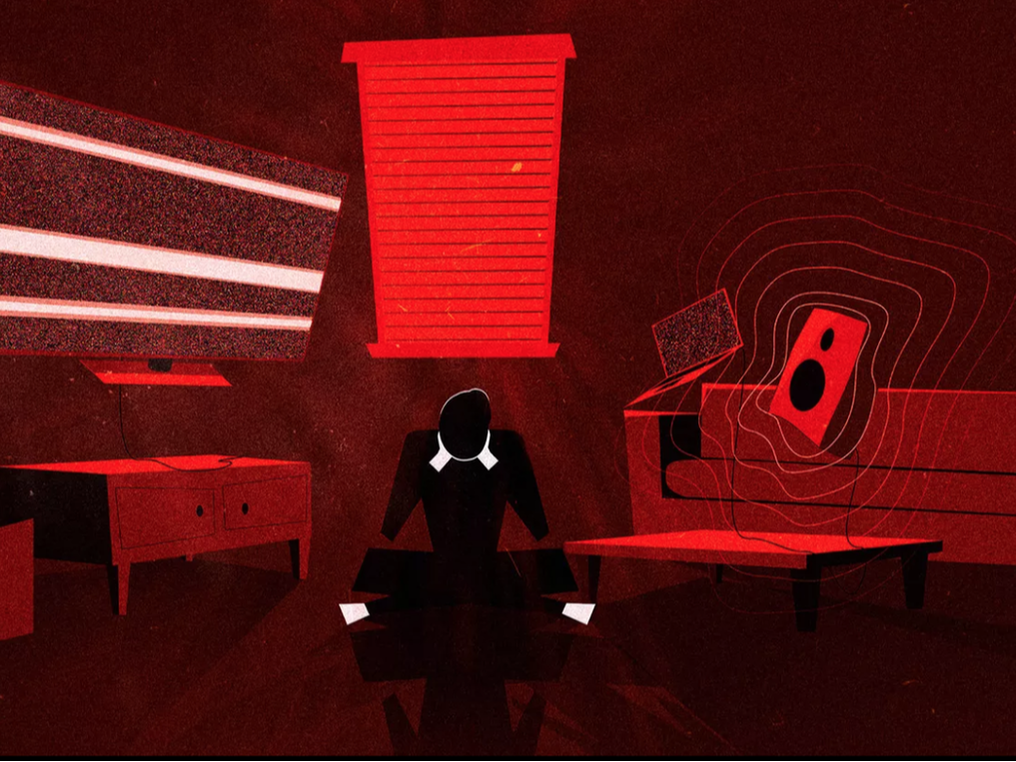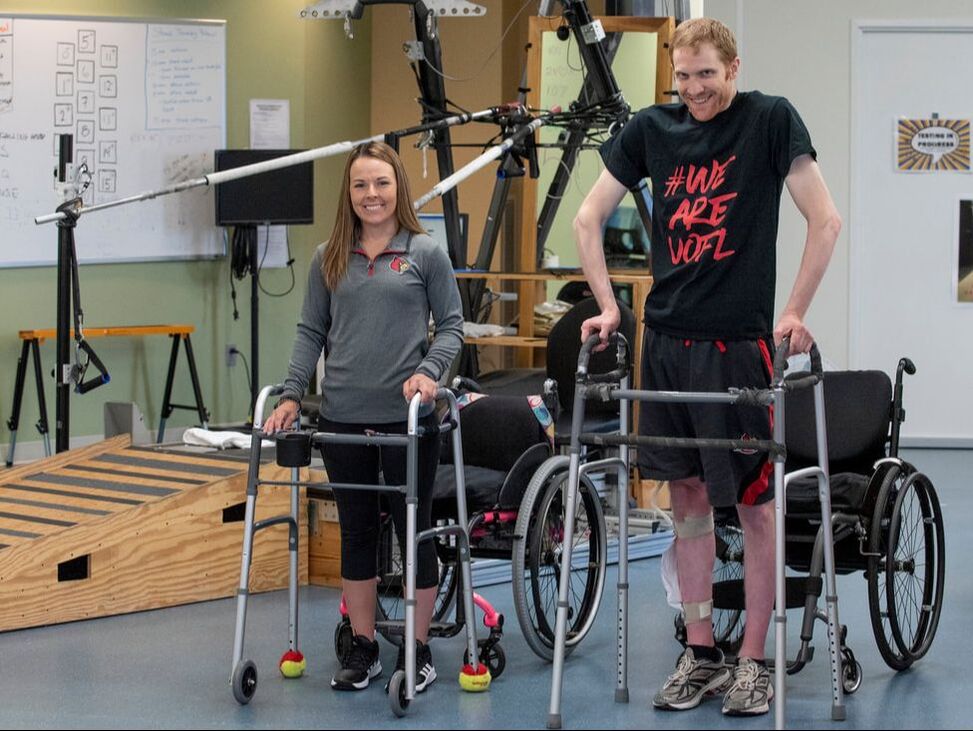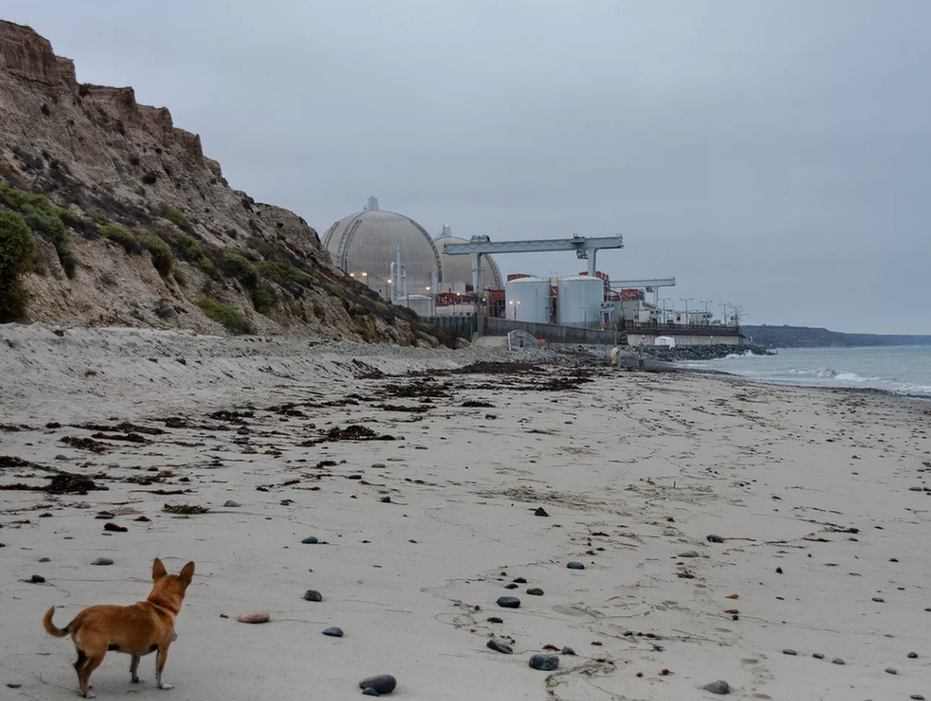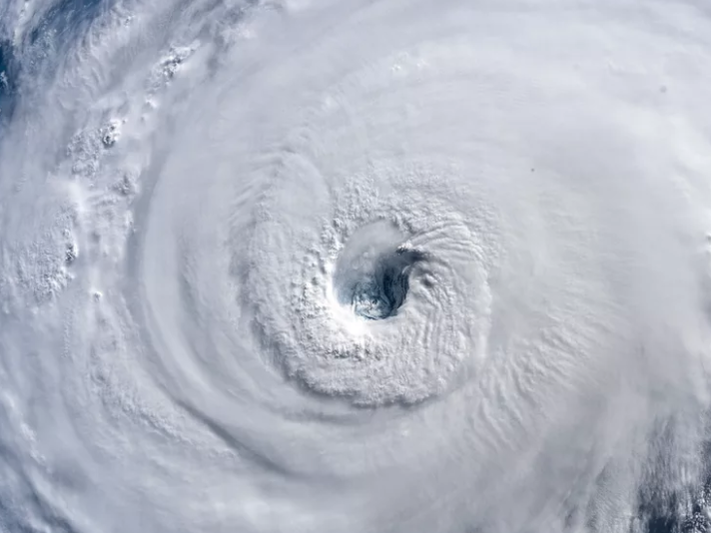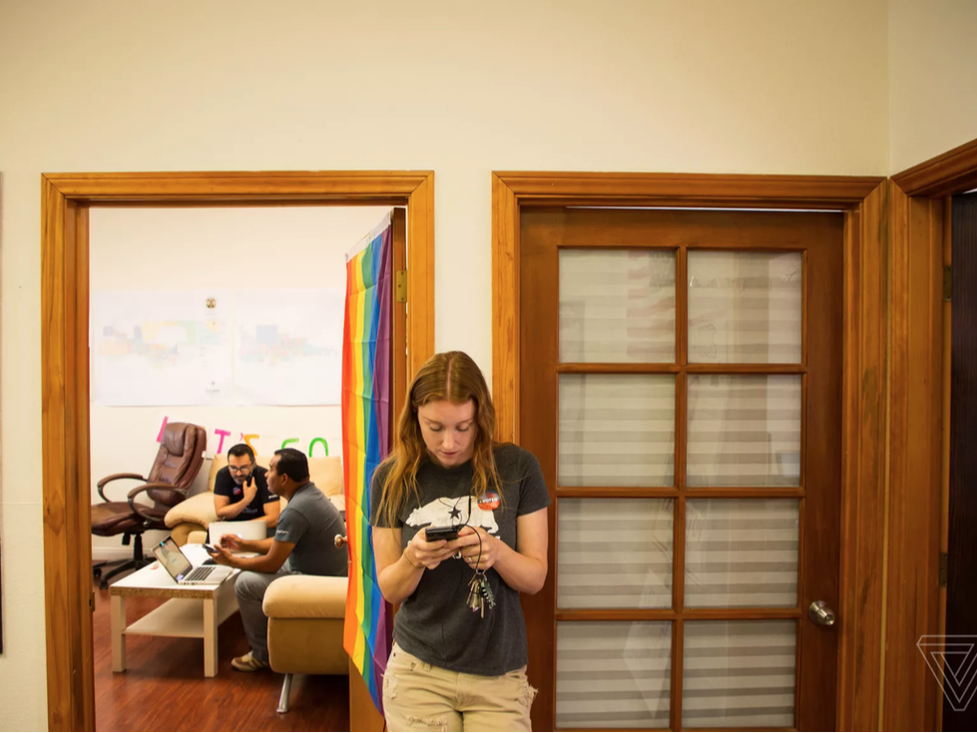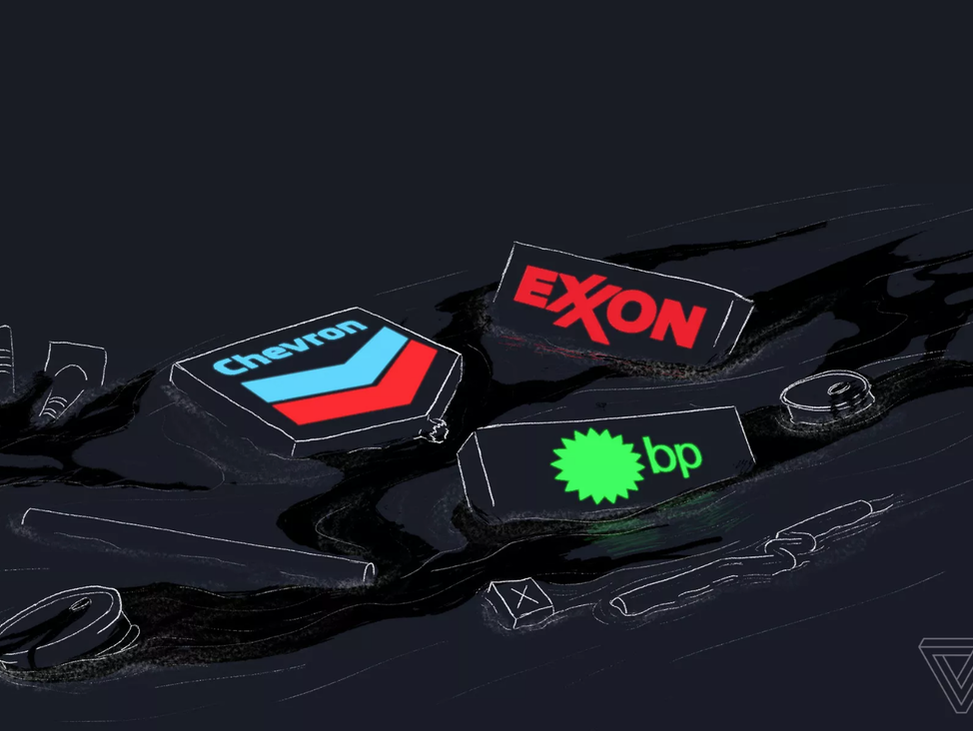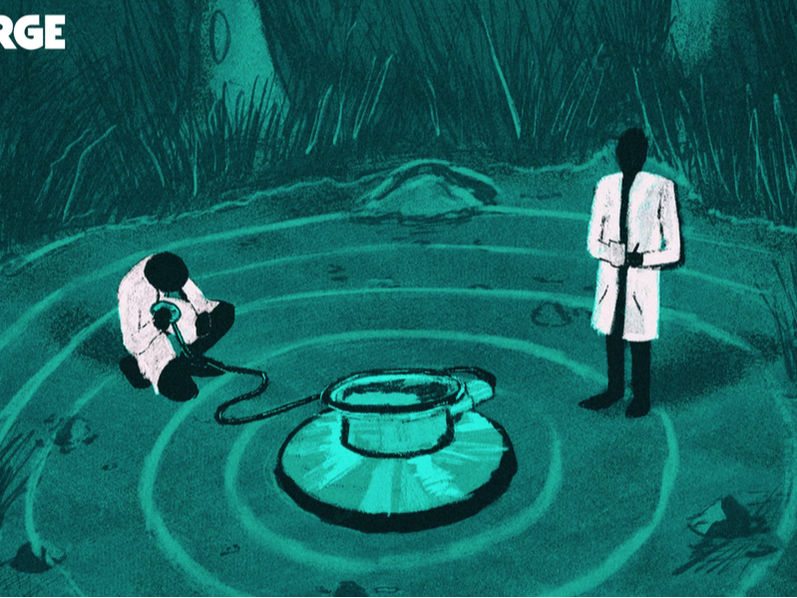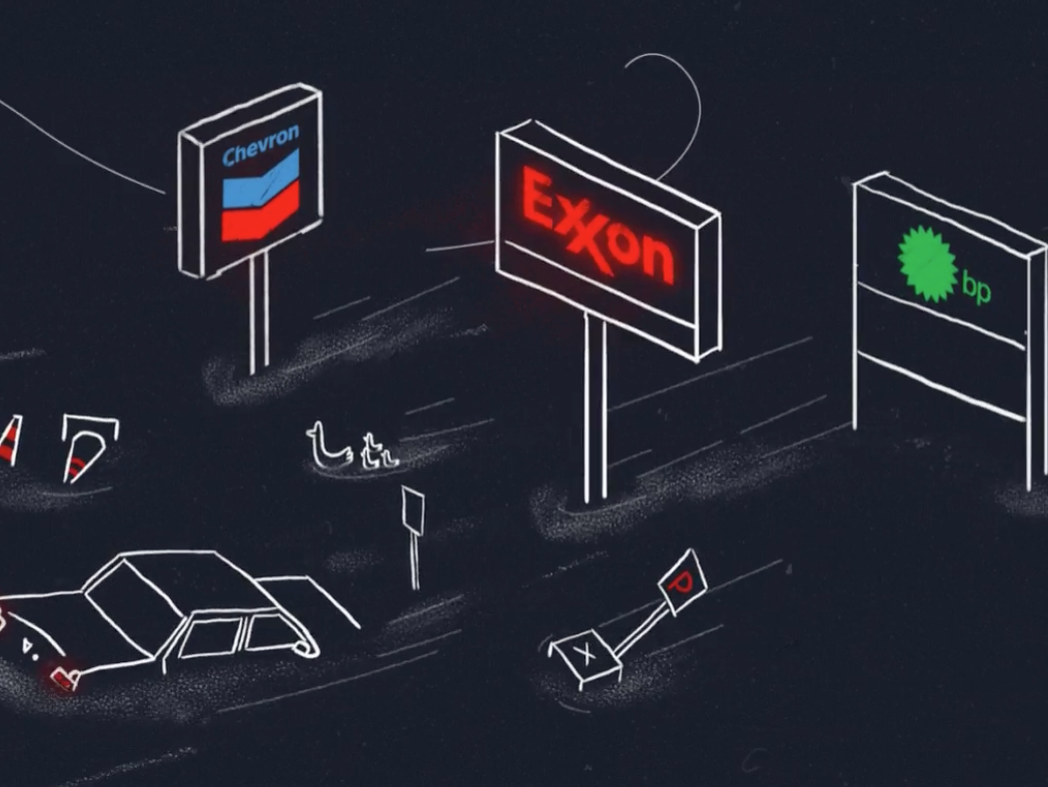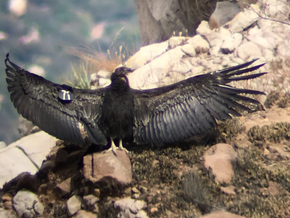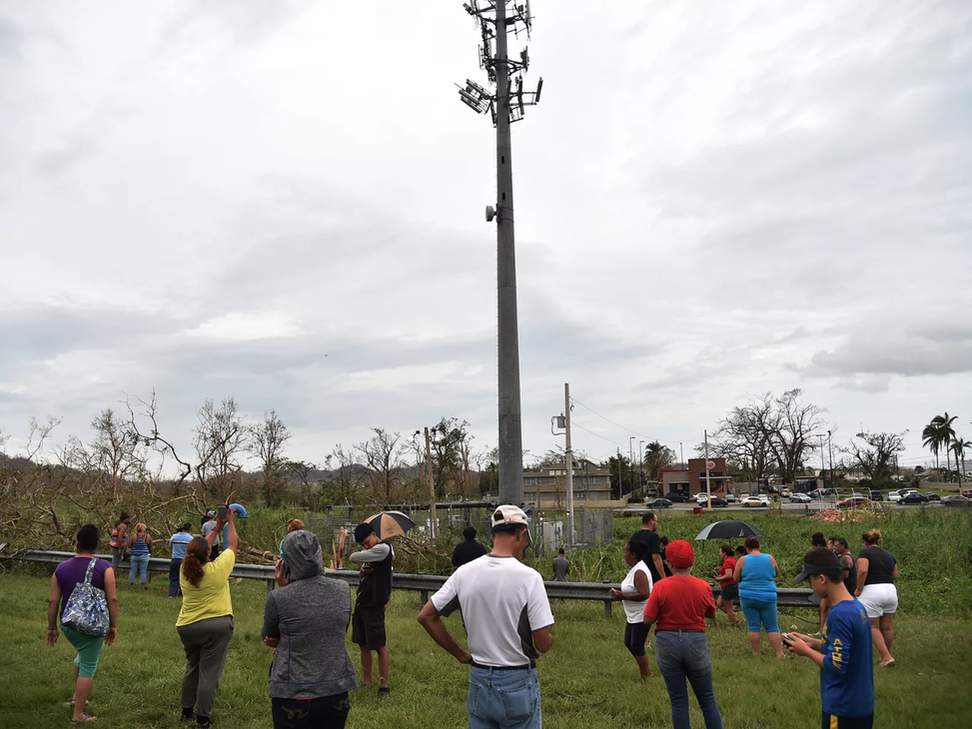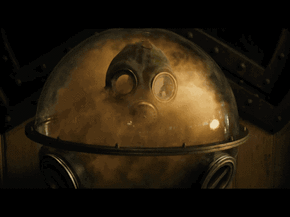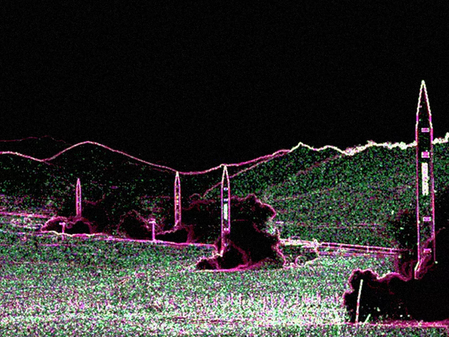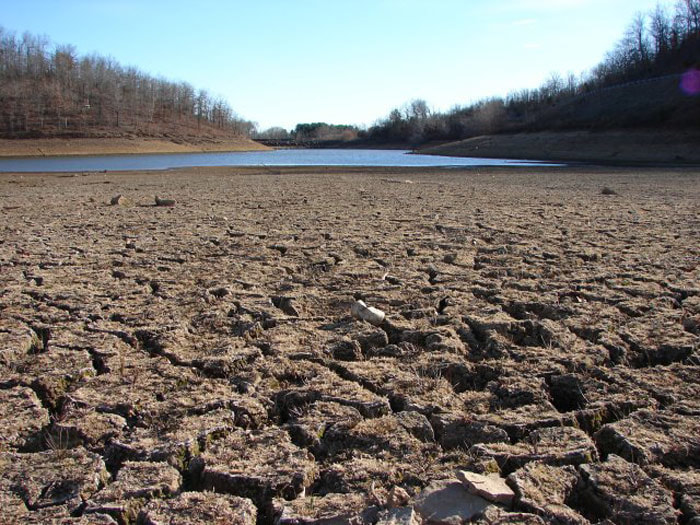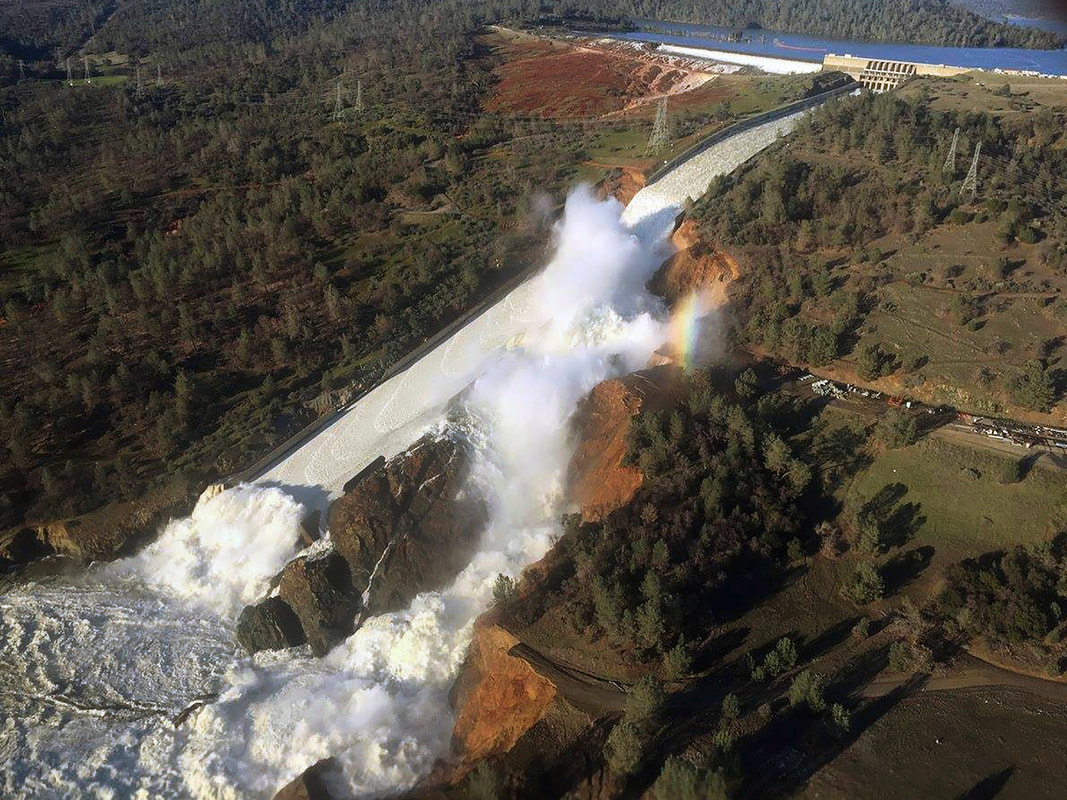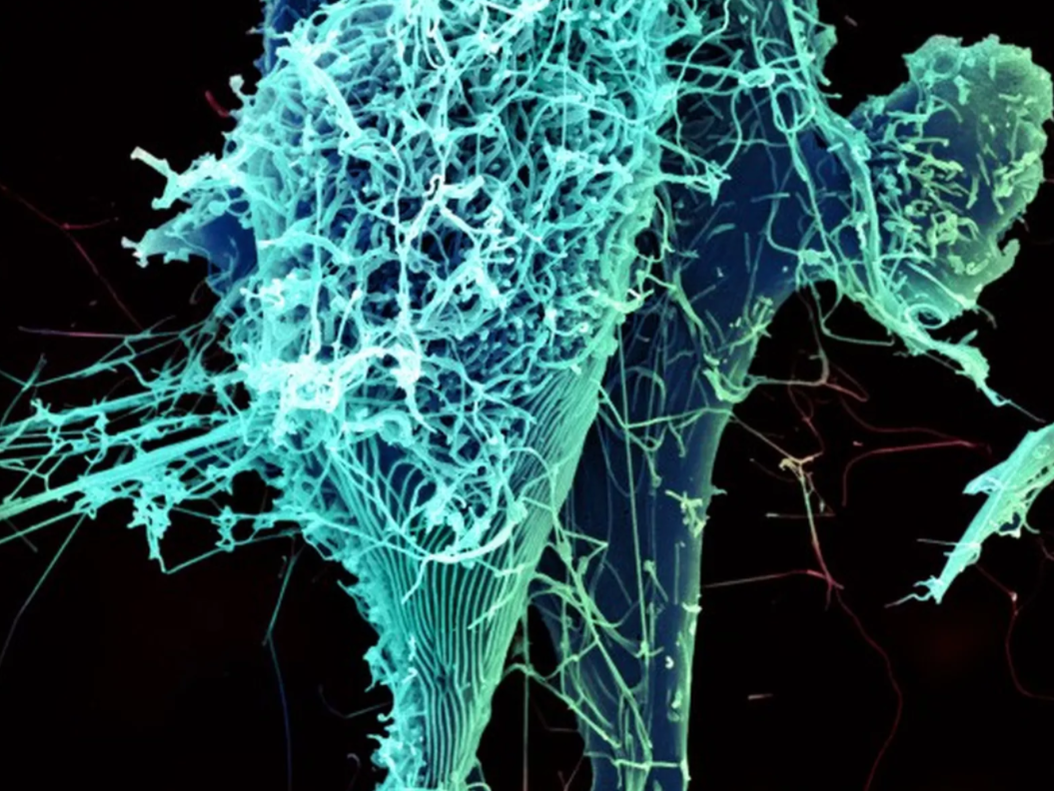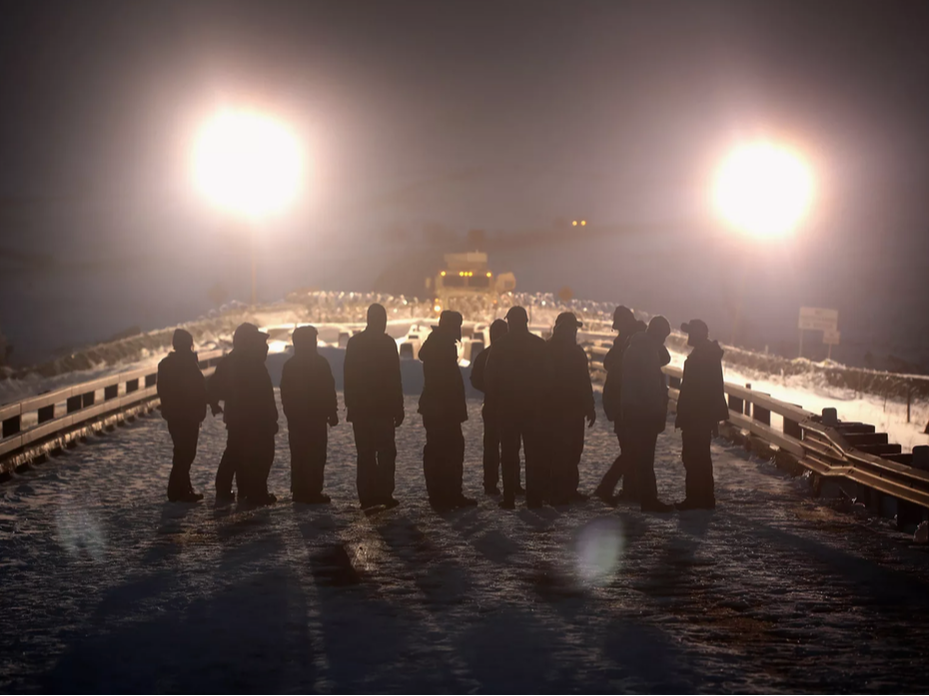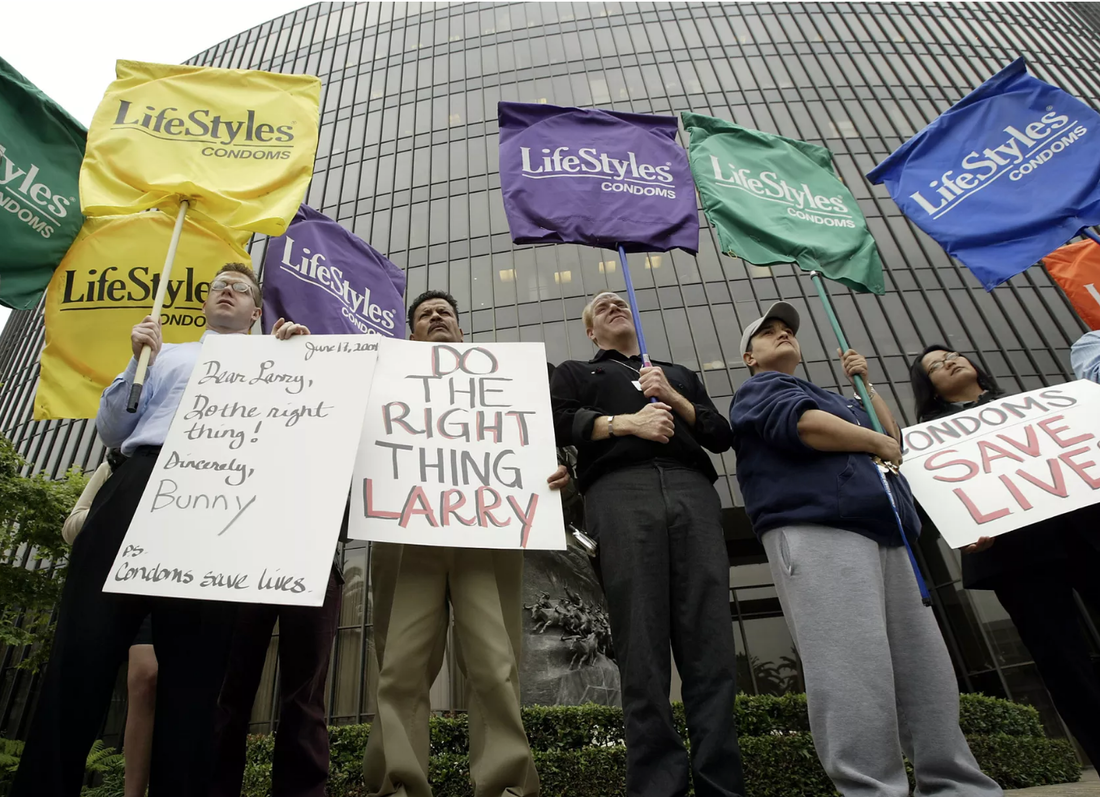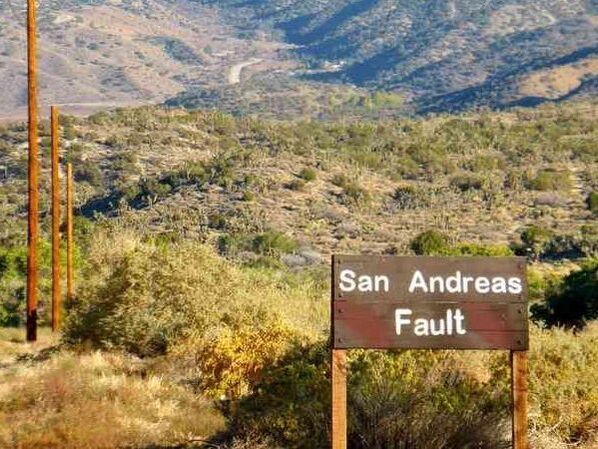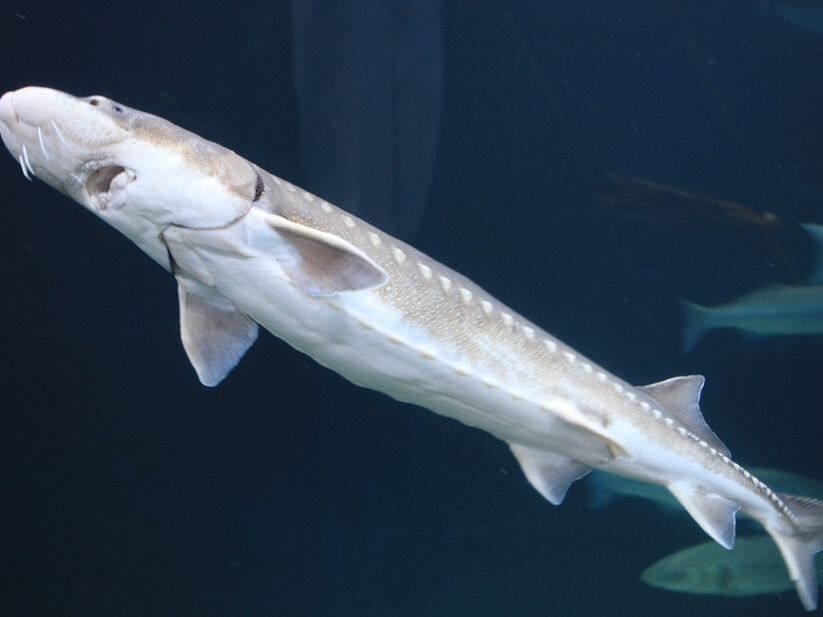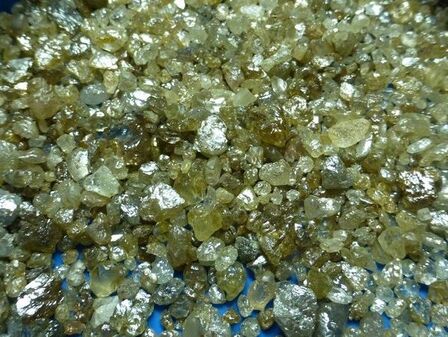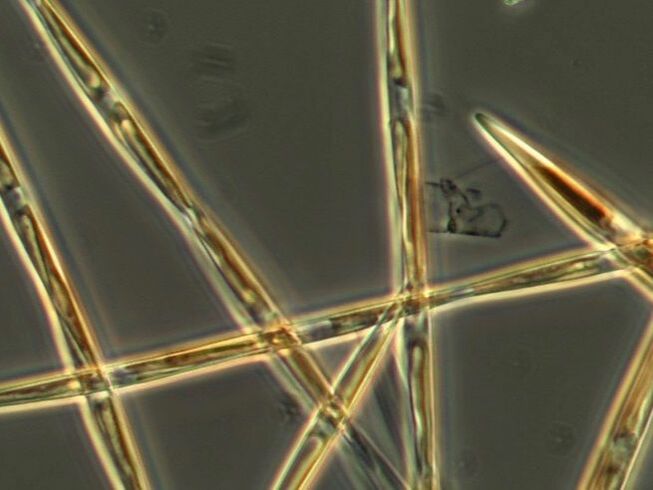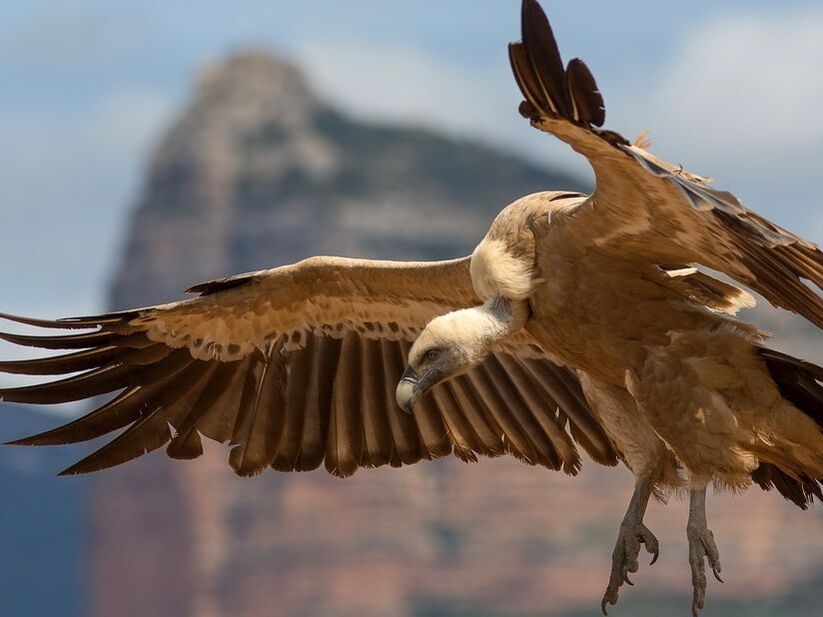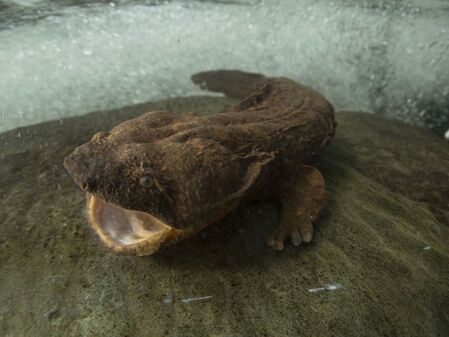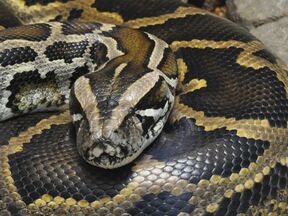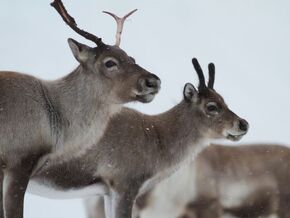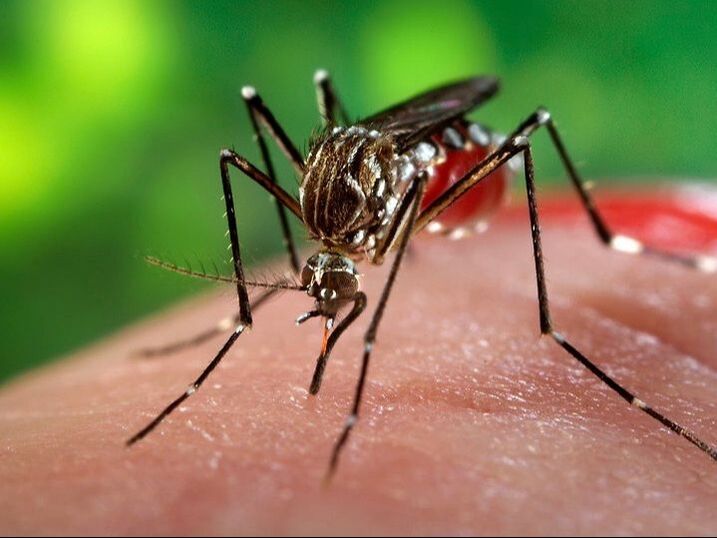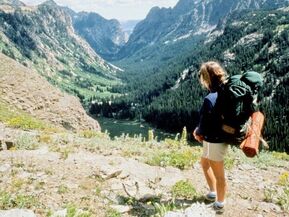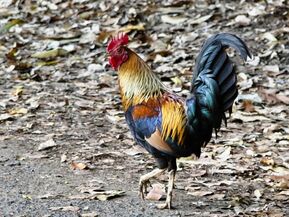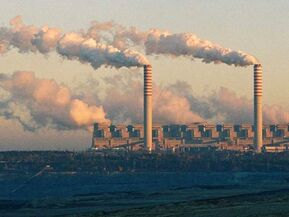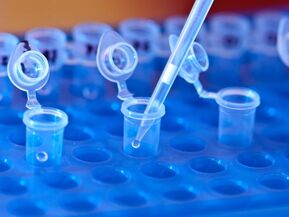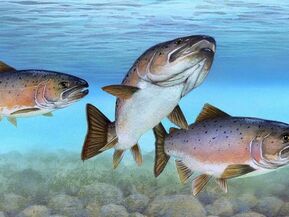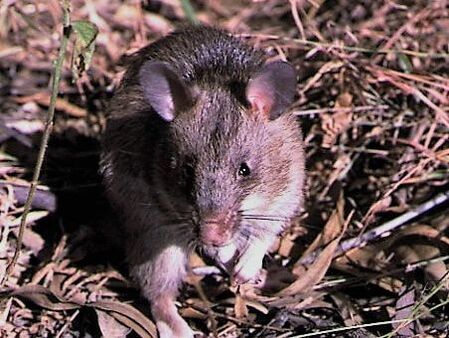CalMatters
Wells are still drying up — and the threat is spreading |
Central Valley suffers searing heat, smoke and virus hot spotsAUGUST 21, 2020
The dangerous trio has Californians unable to escape unhealthful air and reluctant to leave home. Photo by Anne Wernikoff |
California’s intensive care nightmare: Which hospitals are full?DECEMBER 9, 2020
In the worst-hit counties, some hospitals are sending critically ill patients to other counties. Others are keeping ICU patients in crowded emergency rooms. Imperial, Kings, San Benito, Madera and Fresno are among those in the worst shape. Photo by Jae C. Hong, AP Photo |
Well water throughout California contaminated with ‘forever chemicals’OCTOBER 5, 2020
These chemicals are everywhere. They last forever. They’re expensive to get rid of. And many Californians don’t even know they’re drinking them. Photo by Tash Kimmell for CalMatters |
Unsafe to drink: Wildfires threaten rural towns with tainted waterOCTOBER 5, 2020
The damage to water systems can linger for years. The cost in just one small town: as much as $150 million. Photo by Anne Wernikoff, CalMatters |
Legacy of a clean-air czar: Clearer skies, bold alliances and bitter controversyDECEMBER 23, 2020
Mary Nichols has been pivotal in California’s war on smog. But as her tenure ends next week, activists say she didn’t do enough to protect low-income communities and they scuttled her candidacy for Biden’s top environmental post. Wounded but tenacious, she’s contemplating her next battles. Photo by Kendrick Brinson for CalMatters |
Coronavirus detectives: Here’s how counties try to track everyone exposedCalifornia needs thousands of contact tracers. But counties and cities are overwhelmed and understaffed. "Woefully inadequate,” said one public health director.
April 23, 2020 |
Could a blood test for coronavirus antibodies get California back to normal?Figuring out who is immune is essential. "The whole country is waiting for a good antibody test. We're operating with blinders on now," said one researcher.
April 7, 2020 |
What happened to science when California’s researchers shelter in placeCalifornia’s scientists are sheltering in place because of coronavirus restrictions, shutting down research, or switching to study the novel coronavirus.
March 26, 2020 |
Drought or dangerous flooding? Research to save California’s rainStore water for a drought, or prepare for floods? How atmospheric river research helps California decide.
February 25, 2020 |
California weighs controversial rule to tackle truck tailpipe pollution
California's clean air enforcers want major truck manufacturers to sell zero-emission vehicles in the state — but the agency's proposal faces criticism from environmentalists and truck makers alike.
December 11, 2019 |
SCOOP: California says it won’t buy cars from GM, Toyota, others opposing tough tailpipe standardsCalifornia's decision to buy only from carmakers that have agreed to follow its clean car rules may well cost GM's Chevrolet tens of millions of dollars.
November 15, 2019 |
California’s fight over tailpipe emissions, explainedAs global temperatures climb, the federal government is threatening to blunt a major weapon in California’s fight against climate change: the power to police tailpipe emissions.
August 31, 2019 |
Tired of plastic junk? California's recycling bills propose dramatic new rulesWith plastic packaging heading to landfills and recycling centers shutting down, California lawmakers use a trio of bills to take aim at the stuttering recycling economy.
Aubust 8, 2019 |
Seabirds eating plastic, recyclers struggling. This is what California's waste crisis looks like.With China no longer a market for our disposables, the stuff we recycle increasingly winds up in landfills anyway. Localities across California are struggling to cope—and hoping not to undo the decades of work that made household recycling a habit.
August 1, 2019 |
Science reporter, The Verge
(August 2016 – May 2019)
Highlights
To see my complete portfolio for The Verge, please click here. |
Nicotine isn’t like caffeine, but there’s a reason you think it isIntuition isn’t the only thing at the root of the association: a concerted public relations effort by Big Tobacco has helped make it stick.
April 26th 2019 |
Scott Kelly's year in space highlights risks to DNA and brains‘One of the best examples of human plasticity and adaptability that we’ve ever seen’
April 11th, 2019 |
Who’s to blame for the toxic algae that’s invading the Pacific?Why a Pacific coast fishing organization is suing 30 fossil fuel companies
March 19th, 2019 |
Juul's nicotine salts are dominating the market, and other companies want inThe crown Juuls
November 21st, 2018 Illustration: Alex Castro/The Verge |
Spinal implants help treat paralysis, but aren't ready for primetime |
The problem with studies saying phones are bad for youSome studies investigating the side effects of screen time might not actually be measuring what we think they are
Dec 5, 2018 zIllustration: Alex Castro/The Verge |
Two people with paralysis walk again using an implanted device‘It was like watching fireworks, but from the inside’
September 24th, 2018 Photo: University of Louisville |
How a nuclear stalemate left radioactive waste stranded on a California beachNuclear waste is all dressed up with nowhere to go
August 28, 2018, |
Hurricane Florence has scientists packing up their labs and hoping the power stays on‘Science will go on if we lose everything in the freezer — we’ll make it’
Sept. 13th, 2018 Image credit: Photo by Alexander Gerst / ESA / NASA |
How a volcano scientist set out to change American politicsInside a scientist's run for office.
June 7th, 2018 Image credit: Wes Reel/The Verge |
Inside the climate change lawsuit pitting Big Oil against San Francisco and OaklandOil companies are trying to get the suit tossed out of court
May 25, 2018 Image credit: Alex Castro/The Verge |
Meet the scientists keeping a global watch for nuclear explosionsIf anyone blows up a nuke, this is how we’ll know.
May 9th, 2018 Illustration by Alex Castro / The Verge |
Chevron's lawyer, speaking for major oil companies, says climate change is real and it's your faultIn a court hearing in San Francisco, oil companies publicly backed the science of climate change — but there's a catch
Mar 22, 2018 Illustrations by Alex Castro and Garret Beard |
This year’s deadly flu made the quest for a universal flu shot more urgentBut the promise of a universal flu vaccine is still years away.
Mar 6, 2018 Photo: Lauren Bishop/CDC |
Fire escape: How California's wildfires forced this baby condor to fly“Our little phoenix”
February 3rd, 2018 |
Grad students protest GOP's tax hike and prepare to fight about tuitionUC Berkeley graduate students want to know how the university will protect them if the GOP’s grad tax goes through.
December 1st, 2017 |
Trying to communicate after the hurricane: 'It's as if Puerto Rico doesn't exist'With ham radios and spotty WiFi, Puerto Rico struggles to communicate after Hurricane Maria.
September 29th, 2017 Photo by Hector Retamal / AFP / Getty Images |
Weaponizing sound: could sonic devices have injured diplomats in Cuba?Scientists still have a big mystery to solve.
September 16th, 2017 Illustration by Alex Castro |
Science doesn't explain tech's diversity problem — history doesYou can’t fix something by ignoring it.
August 16th, 2017 Illustrations by William Joel |
Wonder Woman's chemical weapon makes no scientific sense, but it evokes real and horrifying historyJune 6th, 2017
|
Apple’s needleless blood sugar tracker has an uphill battle in front of itMay 25th, 2017
Illustration by Rosy Warren |
The detonation detectivesMar 24, 2017
Illustration by Will Joel |
California's huge storms still haven't ended the drought’s impactsReservoirs are filling up, but a hidden drought continues deep underground.
February 24th, 2017 Photo by NOAA |
Extreme droughts and floods will be California’s future — is the state ready?California is in dam trouble
Feb 22nd, 2017 Photo by the California Department of Water Resources |
Scientists are racing to predict where the next pandemic will startBut, where exactly should they look?
Jun 23, 2017 Photo: NIAID |
Trump’s immigration ban stranded a scientist with no job and no homeIs this the start of the scientific brain drain?
Jan 29, 2017 Photo by Yana Paskova/Getty Images |
Police barricades still stand between DAPL protesters and emergency servicesDecember 22nd, 2016
Photo by Scott Olson/Getty Images |
One man wants to turn every porn watcher in California into a condom vigilanteNovember 7th, 2016
Photo by David McNew/Getty Images |
Freelancing
The mystery of imperceptible slow earthquakesSmithsonian
August 30, 2016 Slow earthquakes regularly move more earth than deadly fast quakes, but no one feels a thing. Read more... Photo credit: Flickr/Andrew Larsen (CC-BY-ND) |
Seismic Slowdowns Could Warn of Impending Earthquakes Smithsonian
August 8, 2016 An "earthquake machine" in the lab is helping scientists understand what goes on just before a quake. Read more... Photo credit: Flickr/Michael R. Perry (Creative Commons) |
Black Market Caviar Threatens California's Giant FishNational Geographic
July 11, 2016 When wildlife officers with California’s Department of Fish and Wildlife raided two houses in the Sacramento area earlier this year, they found a live sturgeon gasping for breath, barely alive, on the floor in the garage. Read more... Photo Credit: Wikimedia Commons/Cliff from Arlington, Virginia, USA (CC BY 2.0) |
Publisher under fire for fake article webpages Nature
June 29, 2016 'Trap’ URLs can help publishers to catch automated downloading, but critics say that the approach is clumsy. Read more... Photo Credit: Flickr/Selena N. B. H |
Diamonds Illuminate the Origins of Earth's Deepest OceansSmithsonian
June 21, 2016 Crystals could be the key to where our water came from, and what that means for finding life on other planets. Read more... Photo credit: Graham Pearson |
Toxins in the Food ChainHakai Magazine
MARCH 10, 2016 What does the first-known detection of an algal toxin in Alaska’s marine mammals mean for food security in the North? Read more... Photo Credit: NOAA Fisheries/NWFSC |
Cattle drug threatens thousands of vulturesNature
April 29, 2016 A veterinary drug blamed for driving vultures to the brink of extinction on the Indian subcontinent could cause thousands of bird deaths now that it is being used in Spain. Read more... Photo Credit: Wikimedia Commons/Pierre Dalous (CC-BY-SA 3.0) |
Hell-bent on SurvivalbioGraphic
April 26, 2016 Despite growing environmental threats, North America’s largest—and weirdest—salamander fights on. Read more... Photo Credit: Flickr/USDA (CC-BY-2.0) |
The Problem with PythonsbioGraphic
April 26, 2016 Burmese pythons are slowly, inexorably eating their way through Florida’s small birds and mammals—is hunting them the answer? Read more... Photo Credit: Flickr/Bobosh_t (CC-BY-2.0) |
Deadly animal prion disease appears in EuropeNature
April 18, 2016 A highly contagious and deadly animal brain disorder has been detected in Europe for the first time. Scientists are now warning that the single case found in a wild reindeer might represent an unrecognized, widespread infection. Read more... Photo Credit: Flickr/Brian Gatwicke (CC-BY-2.0) |
Missing link: Animal models to study whether Zika causes birth defectsNature Medicine
March 3, 2016 As public health officials scramble to decide what measures to implement to curb the spread of Zika, scientists have begun to accelerate their efforts to model the effects of the virus in cell lines and animals. Read more... Photo credit: Pubic Domain |
Fighting the menstruation taboo in the fieldNature
FEBRUARY 12, 2016 Something that many scientists experience, but few discuss, became a popular topic online this week: the challenges of menstruating while doing fieldwork. Many scientists were happy to see a sometimes-taboo topic covered so candidly. Read more... Photo Credit: Public Domain |
Insider’s view of faculty search kicks off discussion onlineNature
JANUARY 13, 2016 A Harvard professor reveals how his hiring committee whittles down the pile of job applications. Read more... Photo Credit: Flickr/Flazingo Photos (CC BY-SA 2.0) |
US government approves transgenic chickenNature
DECEMBER 12, 2015 The eggs of the genetically engineered animal contain an enzyme that can treat a rare disease. Read more... Photo Credit: Flickr/Johanna van de Woestijne |
Climate, kissing and computer art: studies that set social media abuzz in 2015Nature
DECEMBER 17, 2015 The hottest papers of 2015 covered topics ranging from cancer risk and autism to mass extinctions and reproducibility in science, according to Altmetric. Nature rounds up a few of the papers on the list. Read more... Photo Credit: Wikimedia Commons/Petr Stefek |
Scientist disinvited from speaking at conference because of her pregnancyNature
DECEMBER 4, 2015 Researchers expressed outrage on social media, and conference organizer, the European Commission, apologized. Read more... Photo Credit: Flickr/Tatiana Vdb (CC-BY-2.0) |
Should DNA donors see their genomic data?Nature
DECEMBER 3, 2015 Geneticists discuss on social media the pros and cons of giving genome results to study participants. Read more... Photo Credit: Flickr/University of Michigan SNRE (CC-BY-2.0) |
What’s Killing Alaska’s Sea Otters?Hakai Magazine
NOVEMBER 24, 2015 A mystery disease is stranding sea otters in Alaska’s Kachemak Bay region. Read more... Photo credit: Flickr/Mike Baird (CC-BY-2.0) |
U.S. Approval of GMO Salmon May Set PrecedentNational Geographic
NOVEMBER 20, 2015 There’s a new fish in town—but not everybody’s ready to make room on their plates for it. Read more... Photo credit: Public Domain |
Scientists debate mega-microbiome initiativesNature
OCTOBER 30, 2015 Research standards will advance the field, proponents say, but critics counter that they will stifle creativity. Read More... |
Meet the Giant Rats That Are Sniffing out LandminesNational Geographic
OCTOBER 7, 2015 A Belgian nonprofit has found African giant pouched rats are much better at detecting TNT than people or dogs. Read more... Photo Credit: derekkeats |
This Bonsai Survived Hiroshima But Its Story Was Nearly LostNational Geographic
AUGUST 05, 2015 The Japanese white pine weathered four centuries of history, including the atomic bomb. Read more... |
Pages of Ancient Koran Among Oldest Yet DiscoveredNational Geographic
JULY 22, 2015 Manuscript found by student may date to Islam’s earliest era. Read more... |
Dealing with the Health Data DelugeNOVA Next
MAY 20, 2015 There’s a revolution afoot in medicine. It has been simmering below the surface for the last decade or so, but like many revolutions, you won’t really take notice until it’s all but over. Read more... Photo credit: Tom Page/Flickr (CC BY-SA) |
